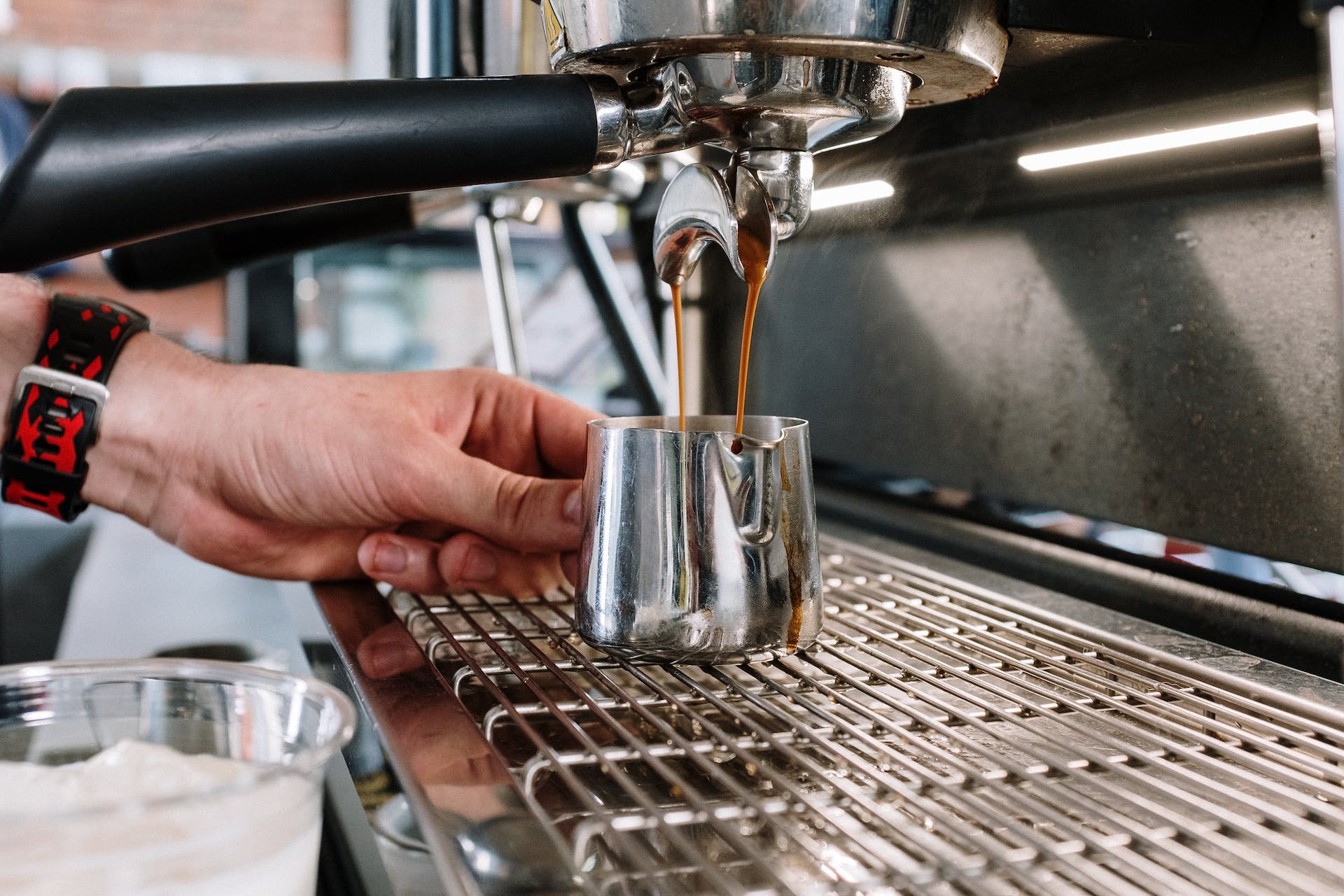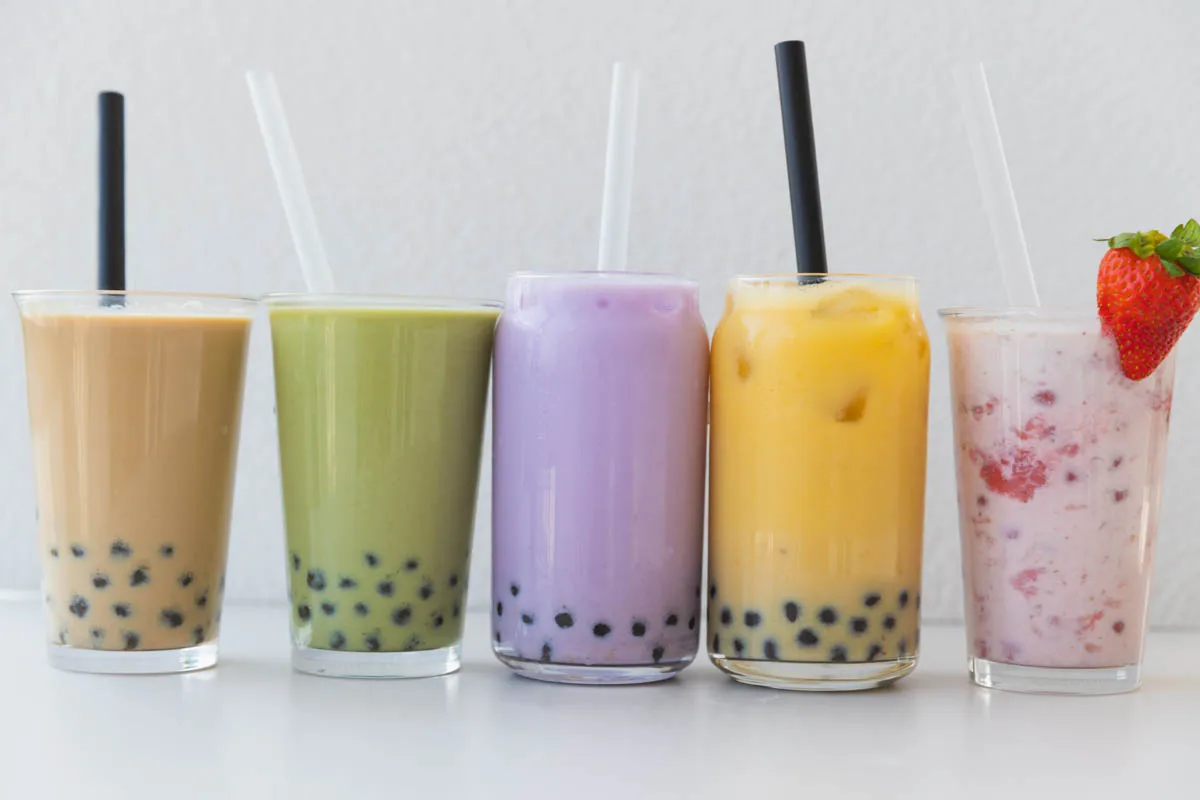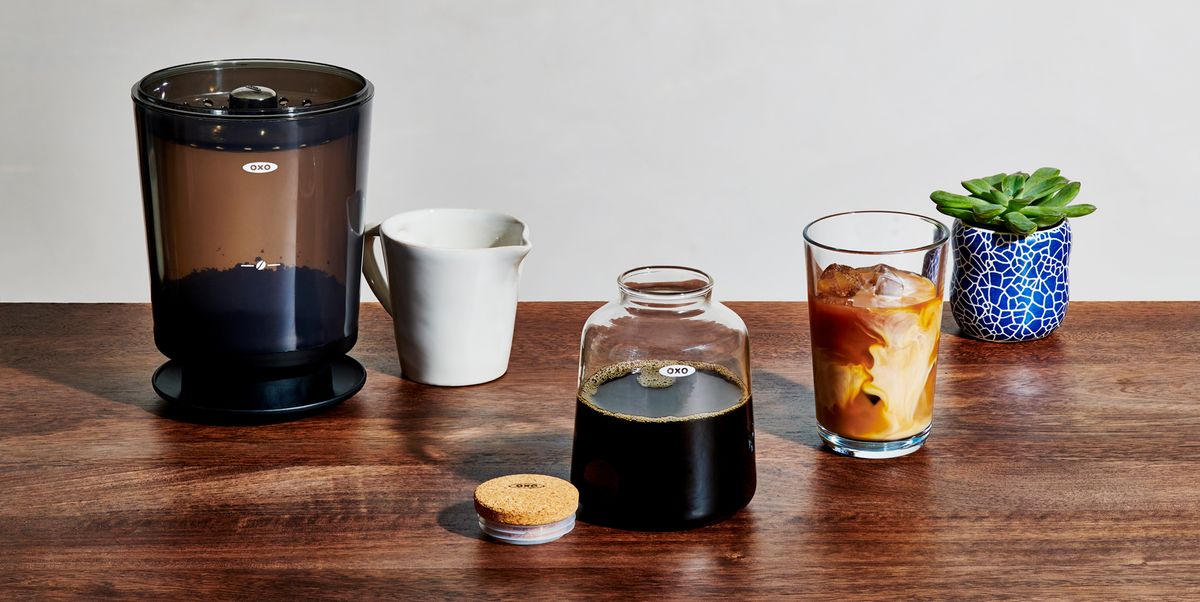Nestled in the heart of the Pacific Northwest, Portland, Oregon, isn’t just known for its lush greenery and quirky culture; it’s also a paradise for food enthusiasts. With its diverse culinary landscape, this city caters to every palate imaginable, from innovative vegan cafes to trendy food carts and upscale dining experiences. Let’s embark on a gastronomic journey through the vibrant streets of Portland and discover why it’s a haven for food lovers.
Food Carts: Flavor on Wheels
One of the quintessential Portland experiences is sampling the fare from its famous food carts. These mobile kitchens dot the city’s neighborhoods, offering a melting pot of cuisines from around the world. Downtown, you might find yourself torn between savory Thai noodles, authentic Mexican tacos, or gourmet grilled cheese sandwiches. Each cart is a culinary gem, often run by passionate chefs who bring their unique twists to traditional recipes. Whether you’re craving comfort food or seeking a new gastronomic adventure, Portland’s food carts never disappoint.
Farm-to-Table Delights
Portland’s commitment to sustainable living extends seamlessly into its dining scene. Many restaurants proudly embrace the farm-to-table movement, sourcing ingredients locally to create fresh, seasonal dishes. You’ll taste the difference in every bite, whether you’re savoring a farm-fresh salad bursting with organic greens or enjoying a grass-fed beef burger paired with locally brewed craft beer. The emphasis on quality and sustainability not only enhances the flavors but also supports the community’s farmers and producers.
Vegan and Vegetarian Paradise
For those with dietary preferences or restrictions, Portland is a haven. The city boasts a plethora of vegan and vegetarian eateries that celebrate plant-based cuisine without compromising on taste. From indulgent vegan doughnuts to innovative vegetable-forward dishes, chefs in Portland excel at crafting satisfying meals that cater to diverse dietary needs. Even omnivores find themselves delightfully surprised by the creativity and flavor of plant-based dining options available throughout the city.
Ethnic Enclaves: A World of Flavors
Exploring Portland’s neighborhoods unveils a tapestry of international flavors. In Southeast Portland, you can wander through a bustling Asian market before diving into a bowl of steaming ramen or enjoying handmade dumplings. Head to Northeast Portland for an authentic taste of Ethiopia with injera and spicy stews, or venture to Southwest for vibrant Latin American cuisine that ranges from street tacos to ceviche. Each neighborhood offers a culinary journey around the globe, showcasing Portland’s rich cultural diversity through its food.
Fine Dining Elegance
Beyond its casual eateries and food carts, Portland also boasts an impressive array of fine dining establishments. Renowned chefs and restaurateurs have made their mark here, blending Pacific Northwest ingredients with international culinary techniques. Whether you’re celebrating a special occasion or simply craving a sophisticated meal, Portland’s upscale dining scene offers an exquisite experience. From innovative tasting menus to expertly paired wine lists, these restaurants elevate dining to an art form, making every meal an occasion to remember.
Sweet Temptations: Desserts and Beyond
No culinary tour of Portland would be complete without indulging in its decadent desserts. The city is famous for its doughnuts, with iconic spots offering everything from classic glazed to inventive flavors like maple bacon. Local bakeries craft artisanal pastries that are perfect for a morning treat or an afternoon pick-me-up. Ice cream aficionados rejoice in the variety of homemade flavors, while chocolate lovers can savor handcrafted confections that rival those found in European chocolateries. Portland’s dessert scene is a testament to its creativity and commitment to culinary excellence.
Portland, Oregon, is more than just a city; it’s a mecca for food lovers seeking memorable dining experiences. From humble food carts to upscale restaurants, and everything in between, Portland’s culinary scene celebrates diversity, sustainability, and innovation. Whether you’re a local resident or a visitor exploring the city for the first time, prepare to be enchanted by the flavors, aromas, and textures that define Portland’s gastronomic landscape. Come hungry, leave satisfied, and remember, in Portland, every meal is an adventure waiting to be savored.












